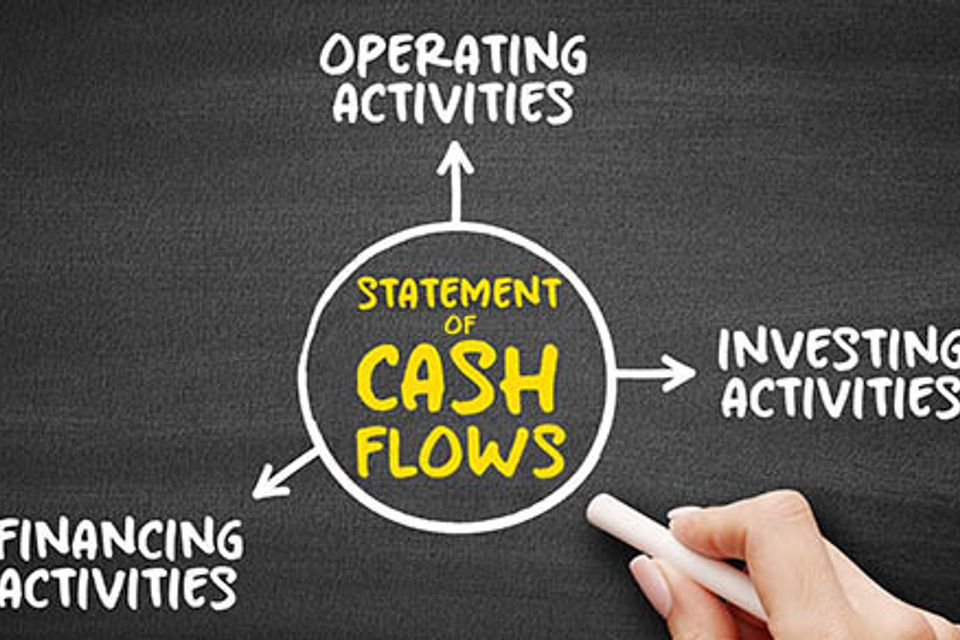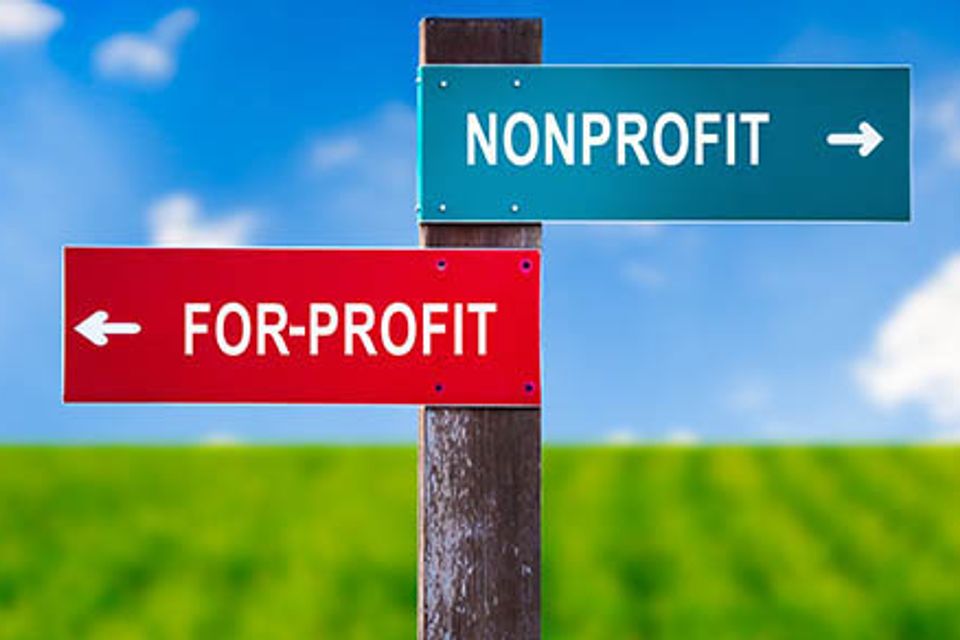
Employee or independent contractor? Why the answer matters
Using independent contractors can save nonprofits money. There’s no long-term commitment, and contractors pay self-employment tax rather than your organization having to pay the employer portion of employment taxes. You can also save on benefits and administrative burdens. But if the Department of Labor (DOL), IRS or a state or local government agency finds you’ve misclassified an employee as a contractor, it can be costly.
When President Trump took office in January 2025, his DOL paused enforcement of the Biden administration’s rules for worker classification under the Fair Labor Standards Act (FLSA). Biden’s multifactor approach considered several “economic realities.” Trump’s DOL is still developing a new worker classification standard, but many expect it to be similar to that of his first administration. That system prioritized “the nature and degree of the worker’s control over the work” and “the worker’s opportunity for profit or loss.” Meanwhile, courts have traditionally held that no single rule applies.
The FLSA doesn’t define the term “independent contractor.” In general, the DOL leans on the U.S. Supreme Court for guidance, which has repeatedly stated that no single rule or test applies to determine employment status under the FLSA. Instead, the Court has focused on the totality of circumstances. These include the extent to which a worker’s services are integral to your mission, the permanency of the relationship with your nonprofit, and the nature and degree of control your organization has over the worker. Also important are workers’ investment in their own facilities and equipment, opportunities for profit and loss, and degree of independent business organization and operation. The DOL has identified additional factors. These include where the work is performed (remotely or on-site) and whether a formal written employment contract or an independent contractor agreement exists. Some states have even more restrictive tests. Moreover, the fact that workers qualify as independent contractors under the FLSA doesn’t guarantee they qualify under other federal laws. For example, the IRS applies a different test.
Requirements and risk
If a worker is classified as an employee for FLSA purposes, you generally must meet minimum wage, overtime and certain other requirements. If a worker is an employee for tax purposes, you typically need to pay the employer portion of Social Security and Medicare taxes and withhold the employee portion of those taxes as well as federal income and other taxes from the employee’s paychecks. If your organization doesn’t properly determine worker status, it can be costly. In addition to having to make up any unpaid wages and employment taxes, you could end up on the hook for workers’ compensation premiums, unpaid leave and other benefits. Fines and penalties are possible as well. Shifting definitions may make classifying workers challenging for nonprofits. If you have questions, contact us.
When President Trump took office in January 2025, his DOL paused enforcement of the Biden administration’s rules for worker classification under the Fair Labor Standards Act (FLSA). Biden’s multifactor approach considered several “economic realities.” Trump’s DOL is still developing a new worker classification standard, but many expect it to be similar to that of his first administration. That system prioritized “the nature and degree of the worker’s control over the work” and “the worker’s opportunity for profit or loss.” Meanwhile, courts have traditionally held that no single rule applies.
The FLSA doesn’t define the term “independent contractor.” In general, the DOL leans on the U.S. Supreme Court for guidance, which has repeatedly stated that no single rule or test applies to determine employment status under the FLSA. Instead, the Court has focused on the totality of circumstances. These include the extent to which a worker’s services are integral to your mission, the permanency of the relationship with your nonprofit, and the nature and degree of control your organization has over the worker. Also important are workers’ investment in their own facilities and equipment, opportunities for profit and loss, and degree of independent business organization and operation. The DOL has identified additional factors. These include where the work is performed (remotely or on-site) and whether a formal written employment contract or an independent contractor agreement exists. Some states have even more restrictive tests. Moreover, the fact that workers qualify as independent contractors under the FLSA doesn’t guarantee they qualify under other federal laws. For example, the IRS applies a different test.
Requirements and risk
If a worker is classified as an employee for FLSA purposes, you generally must meet minimum wage, overtime and certain other requirements. If a worker is an employee for tax purposes, you typically need to pay the employer portion of Social Security and Medicare taxes and withhold the employee portion of those taxes as well as federal income and other taxes from the employee’s paychecks. If your organization doesn’t properly determine worker status, it can be costly. In addition to having to make up any unpaid wages and employment taxes, you could end up on the hook for workers’ compensation premiums, unpaid leave and other benefits. Fines and penalties are possible as well. Shifting definitions may make classifying workers challenging for nonprofits. If you have questions, contact us.
















































